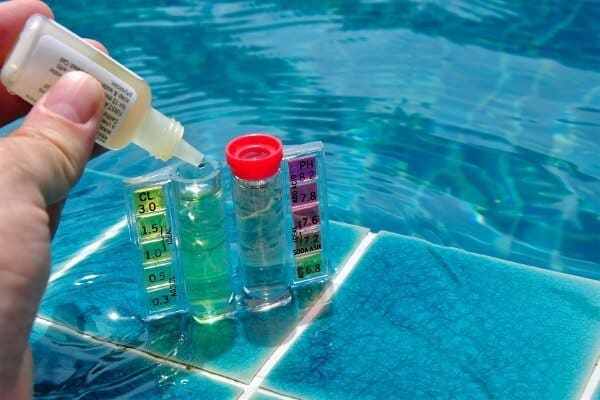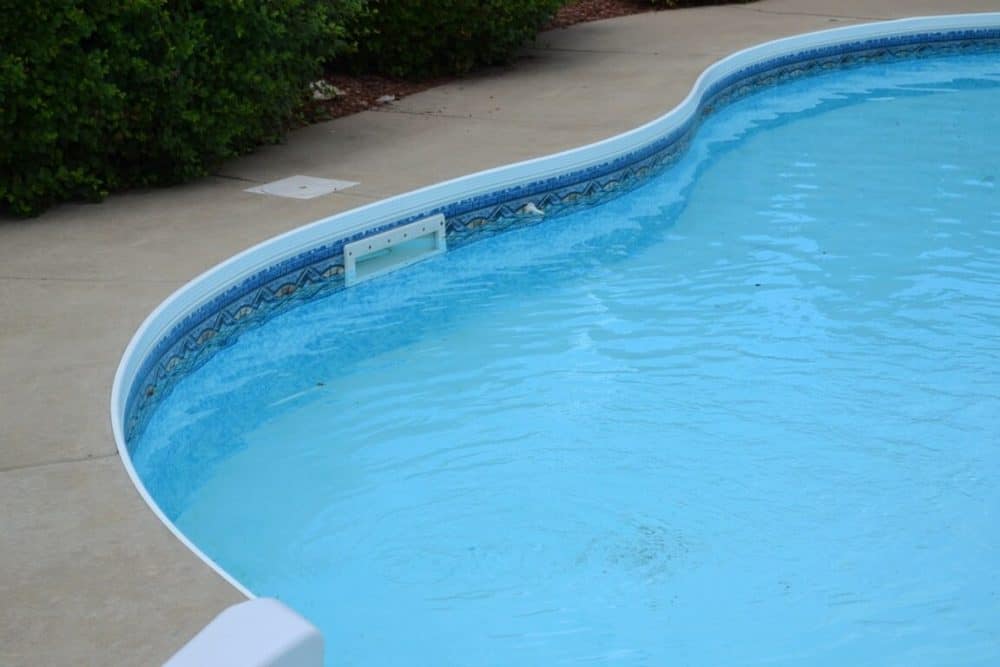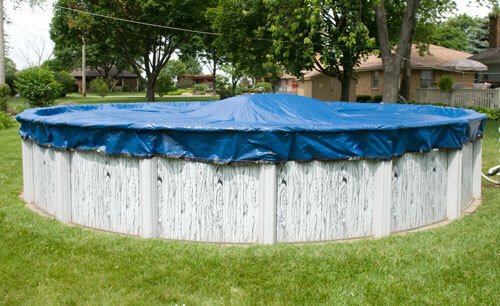In the summer months, public swimming pools become overcrowded with people seeking relief from the heat. However, if you have a private swimming pool, you can enjoy it at your convenience throughout the season. But when summer comes to an end, it’s important not to neglect your pool.
As winter approaches, it’s necessary to take certain measures to protect your pool from the harsh weather. Winterizing refers to the preparations made to ensure your house, car, or swimming pool can withstand the winter season.
Winter typically lasts for about three months before the arrival of spring, when you can finally reopen your pool. During this period, the cold temperatures can be detrimental to your pool’s condition. It becomes susceptible to dirt, leaves, twigs, and other debris that are carried by the strong winter winds.
Moreover, the freezing temperatures can cause significant damage, particularly freezing the pipes, leading to potential electrical service expenses. To avoid these issues and save energy, time, and money when reopening your pool in the spring, follow these six simple steps to winterize your above-ground swimming pool.
6 Easy-to-follow Steps to Winterize Above Ground Pool (With Pictures)
1. Taking Off Some Parts

Prior to draining the pool, it’s important to remove certain components.
Begin by unscrewing and removing the step ladder near the pool. Leaving it exposed to the winter winds can cause rusting and deterioration. Next, detach the filtration system from the pool.
Proceed to remove the pipes as well. It’s crucial to thoroughly clean them before safely storing them away for the winter season.
Lastly, ensure that all the tools are completely dry before storing them at an appropriate temperature. This will help maintain their condition until they are needed again.
2. Adjust The Water pH., Total Alkalinity, & Calcium Hardness Levels

3. Clean Up The Pool

4. Reducing The Water Level

5. Cover The Pool Tightly

The winter wind can be quite intense and unpredictable, posing a risk of blowing off the pool cover. To avoid such problems, it is advisable to use cover clips to tightly secure the cover to the sides of the pool.
Additionally, it is important to inspect the cover for any holes. If you come across any holes, make use of patches to prevent rain or snowmelt from entering the pool.
To further improve the winterizing process, consider using an air pillow. This pillow helps in centralizing the cover, keeping rainwater out of the pool.
In winter, ice can become excessively thick, which can cause damage. The air pillow acts as an ice equalizer, preventing the formation of excessively sturdy ice and protecting the pool from potential harm.
6. Remove the Pump and Filter system

4 Reasons Why You Should Winterize Your Pool
The arrival of winter brings with it freezing temperatures that can pose a risk to your uncovered above-ground pool. Repairing the damage caused by freezing can be quite expensive.
To prevent such incidents and ensure your pool is ready for spring, it is crucial to recognize the importance of winterizing.
Here are four key reasons why winterizing your above-ground pool is essential that you should consider.
1. Keeping The Water Clean Means Saving The Pool
While some individuals may believe that draining the water from the pool during winter is a good idea to prevent freezing and potential damage to pipes and equipment, keeping clean water inside the pool is actually a better approach.
Before winterizing and closing your above-ground pool, it is important to add certain chemicals to the water. These include algaecide, chlorine shock, and stain preventatives.
Algaecide is effective in preventing the growth or bloom of algae in the pool. It helps to keep the water clear and free from algae-related issues.
Chlorine shock plays a vital role in eliminating algae growth and restoring water clarity. It works in conjunction with the algaecide to ensure a clean and sanitized pool environment.
Stain preventatives are applied to remove and prevent any stains that may develop in the pool.
By adding these chemicals, you can effectively maintain the stability and quality of the water throughout the winter season. They help to keep the water in the same condition as it was before closing the pool, ensuring an easier reopening process when spring arrives.
2. Should You Drain-All?
No, draining the pool completely is not recommended. The most critical aspect to consider is the pool’s pipes system. If the system freezes and becomes damaged, it can be quite challenging to repair.
To prevent such issues, it is advised to lower the water level in the pool below the filtration system, specifically the skimmer.
Fortunately, modern pools often come with removable filtration and pump systems, which make the winterizing process more convenient. With a detachable system, you only need to remove the pump and skimmer.
To optimize the winterizing process, using an air pillow beneath the winter cover is highly recommended. Placing the air pillow in the center of the pool helps distribute and centralize the pressure from rain, snow, and ice.
When the pressure accumulates, the ice will shift toward the pillow, reducing the strain on the pool structure.
If you still choose to drain some water from the pool, it is advisable to use a tightly fitted cover to prevent tension that could lead to rips and damage.
In summary, maintaining a neat and tidy winterizing process is crucial to protect your pool and ensure its longevity.
3. A Swimming Pool Requires High Maintenance
Owning a swimming pool can be a wonderful asset, especially during the summer or for hosting pool parties. However, proper maintenance is a whole different story.
If you’re unfamiliar with the do’s and don’ts of pool care, it can quickly become not only a time-consuming task but also a drain on your finances.
To protect your financial investment and ensure its longevity, it’s crucial to understand the correct procedure for draining the pool’s pipes. By doing so, you can prevent costly damages and minimize the time required to reopen the pool for the next season.
It is highly recommended to invest some extra effort into winterizing the pool, as it will bring you convenience and peace of mind in the long run.
4. Some Particular Pools Can be Stored for The Winter
When it comes to winterizing an above-ground swimming pool, draining the pool water, adding necessary chemicals, and covering it properly are important steps.
However, smaller-sized pools offer the convenience of being easily stored for the winter season after draining. Their parts can be easily disassembled, making the process simpler and more cost-effective compared to in-ground pools.
To ensure a smooth dismantling process and avoid any potential issues, it is essential to carefully read and follow the instructions provided. This will help you navigate the disassembly process correctly and efficiently.
Winterizing Pool Tutorial
In addition, we offer a concise tutorial video that provides step-by-step guidance on winterizing your pool. We hope that this resource will be helpful in assisting you with the pool winterization process.